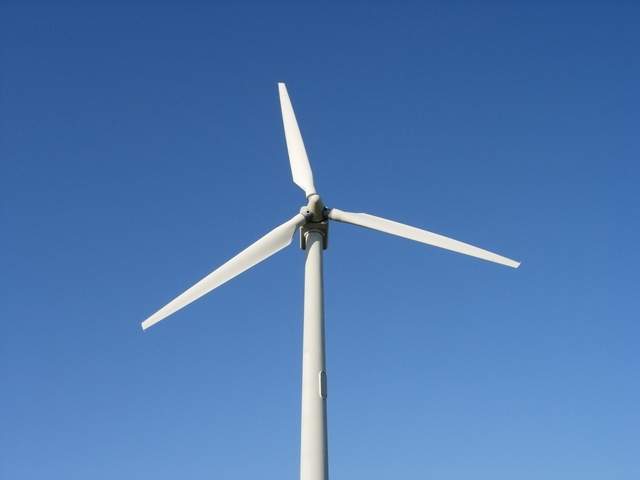The Crown Estate has completed its initial assessment for the extension of eight offshore wind farms, which could have a combined capacity of 3.4GW.

Image: UK Crown Estate completes initial assessment of eight wind farm extensions. Photo courtesy of andrew sim/Freeimages.com.
As per the Crown Estate, the assessment has been completed for the wind farms that include the 317MW Sheringham Shoal offshore wind farm; the 402MW Dudgeon offshore wind farm; the 573MW Race Bank offshore wind farm; and the 504MW Greater Gabbard offshore wind farm.
The assessment has also been made for the 353MW Galloper offshore wind farm; the 400MW Rampion offshore wind farm; the 576MW Gwynt y Môr offshore wind farm; and the 300MW Thanet offshore wind farm.
The eight projects are planned to be located across the waters in England and Wales and will now be subject to plan level Habitats Regulations Assessment (HRA), the Crown Estate said.
HRA will assess the possible impact of the proposed extensions on the relevant nature conservation sites of European importance. Plan level HRA is the next phase of the assessment process and will be undertaken by the Crown Estate in the next six to nine months.
The offshore wind farm developers could be granted agreements for lease in next summer based on the outcome of the HRA. The next stage for successful developers would be to begin project-specific environmental assessments and seek consent for their respective projects through the statutory planning process.
The Crown Estate energy development head Will Apps said: “It is really positive to see such a strong response to the opportunity for extension projects.
“In parallel with our Habitats Regulations Assessment, we will continue to work closely with the applicants and our stakeholders to ensure careful consideration of any environmental impacts and existing users of the seabed, ahead of any award of rights.”
The Crown Estate will also continue working on the potential for new offshore wind leasing across England, Wales, and Northern Ireland.
It said: “Any new leasing would further supplement the UK offshore wind portfolio and help maintain a pipeline of projects through to the late 2020s and beyond.”
